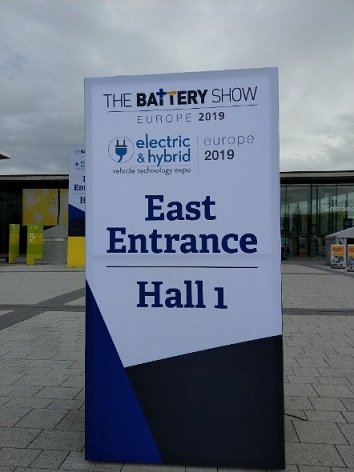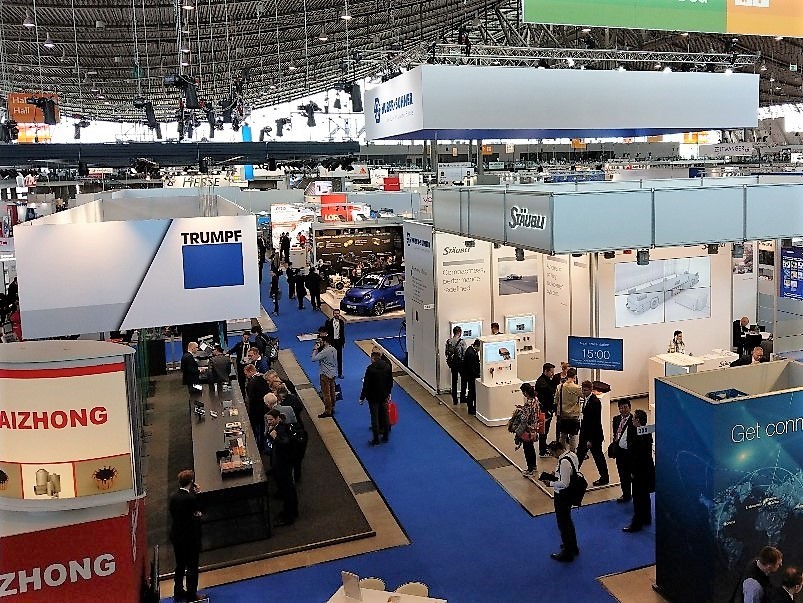Electrified future

Also in 2019, renowned companies such as Henkel, Siemens, Reroth and Voltabox presented their products in the battery sector at the Battery Show, the largest trade fair for highly developed battery and HEV (Hybrid and Electric Vehicle) technologies in Europe, from 28 to 30 April in Stuttgart. The focus of the Battery Show is on presenting new innovations and networking all participants in the manufacturing chain.
In the automotive sector in particular, batteries are becoming increasingly important as a result of the shift to e-mobility. This sector is expected to grow rapidly, with 40 million electric cars on our roads by 2030 (see presentation here). As a result of increased demand, manufacturers are developing new and more powerful battery models. In addition to the advantages, such as independence from fossil fuels and the much simpler technology compared to the combustion engine, there are also major challenges that e-mobility confronts us with. Some rare and expensive raw materials are required for the production of batteries. A major problem is the high energy density and the high currents, as this creates an intrinsic fire risk. Thermal management is therefore particularly important so that the battery does not overheat, e.g. during charging. During charging, the heat must be dissipated, which can be achieved, among other things, by active cooling during the charging process. In this context, Leoni and Huber+Suhner have presented a cooled charging cable for fast charging with high voltage. Voltabox presented their new generation of high voltage batteries, which are cooled liquid. Another cooling solution, for example, was presented by 3M Electronics Materials Solutions Division: it is based on the fact that batteries usually consist of many individual cells. A thermally conductive filling system is inserted into the spaces between the individual batteries.

Solutions for battery packs and their manufacture from various materials were presented by DuPont. Plastics, adhesives, films, electronic components, cables and connectors were considered.
How the battery industry can increase its efficiency in the long term was demonstrated by Siemens with its portfolio, where automation solutions and innovative software were presented.
Due to the ever-increasing performance of batteries and the associated ever-increasing fire hazard, the use of suitable flame-retardant materials in addition to active cooling should not be forgotten. These can prevent a fire in the event of short circuits or overheating. Charging with high currents places special demands on the materials used for the various components, with the focus here on the plastic components and flame retardants used in them. These not only have an influence on the flammability of the materials, but also on the leakage current and dielectric strength, keyword: Current Tracking Index (CTI).